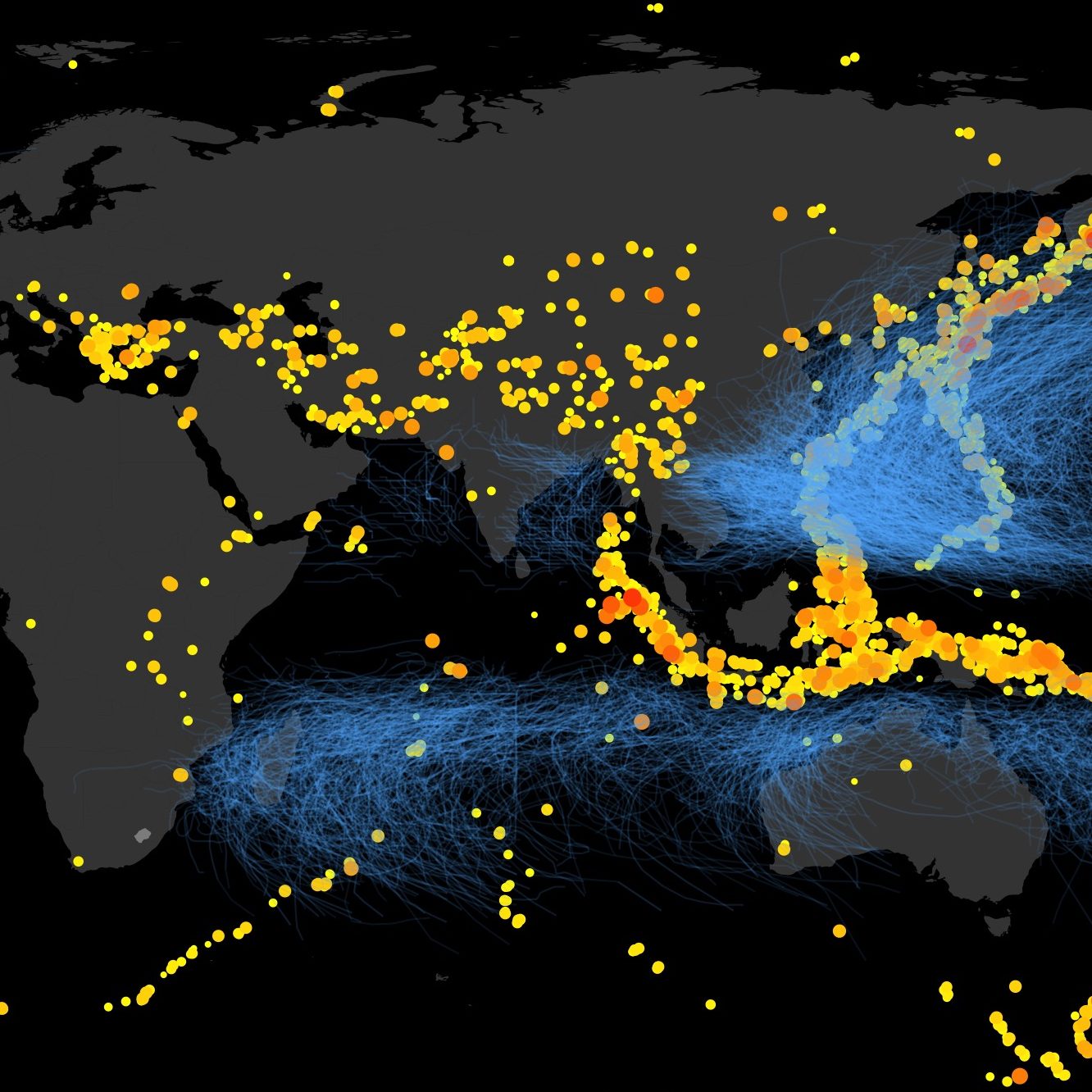Post-disaster damage assessments as catalysts for recovery: A look at assessments conducted in the wake of the 2015 earthquake in Nepal.
In the wake of large earthquake disasters, governments, international agencies and large NGOs scramble to conduct impact and damage assessments that help them understand the nature and scale of the emergency in order to orchestrate a complex series of emergency, response and recovery activities. Using the Gorkha earthquake as a case study, this research seeks to provide greater clarity into the types of post-disaster damage assessments, their purposes, and their potential as catalysts for critical recovery activities. We argue that damage assessment methodologies need to be tailored to the diverse information needs in post-disaster contexts, which vary by user group and change over time. This research builds upon the authors’ direct experience supporting the government of Nepal in the Post-Disaster Needs Assessment (PDNA) process, support with the rapid visual inspections conducted by the National Engineering Association, and interviews with humanitarian organizations who conducted damage assessment in Nepal.
